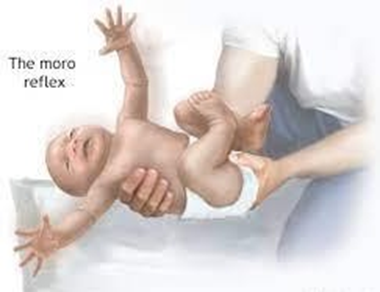A nurse on the postpartum unit is caring for a group of clients with an assistive personnel (AP). Which of the following tasks should the nurse plan to delegate to the AP?
Change the perineal pad of a client who just transferred from labor and delivery.
Monitor vital signs during admission of a client who has gestational hypertension.
Provide a sitz bath to a client who has a fourth-degree laceration and is 2 days postpartum.
Observe an area of redness on the breast of a client who is 1 day postpartum.
The Correct Answer is C
A. Changing the perineal pad of a client who has just been transferred from the labor ward is a task that should not be delegated to an assistive personnel (AP) since it is beyond their scope.
B. Monitoring vital signs during the admission of a client with gestational hypertension requires nursing judgment and assessment skills.
C. Providing a sitz bath to a client with a fourth-degree laceration and is 2 days post- partum can be delegated to an AP. This task does not require the nurse's clinical judgment or assessment skills, and it can be safely performed by the AP following the nurse's instructions.
D. Observing an area of redness on the breast requires nursing assessment and intervention.
Nursing Test Bank
Naxlex Comprehensive Predictor Exams
Related Questions
Correct Answer is B
Explanation
A. This is not appropriate for the taking-in stage, as the woman may not be ready to absorb new information or focus on self-care. She may need more verbal instruction and demonstration from the nurse.
B. The taking-in stage is a period of passive, dependent behavior in which the woman reviews her childbirth experience and adjusts to the new role of motherhood. She may need to talk about her labor and delivery repeatedly and seek reassurance from others. The nurse should listen attentively and validate her feelings.
C. This is more suitable for the taking-hold stage, which occurs after the taking-in stage. In this stage, the woman becomes more active and independent, and shows interest in learning how to care for herself and her baby.
D. This is also more appropriate for the taking-hold stage, when the woman develops confidence and competence in her maternal role. In the taking-in stage, she may be more focused on her own needs and rely on others to care for the baby.
Correct Answer is A
Explanation
A. The described reflex is the Moro reflex, which is a normal startle reflex in newborns.
B. The Babinski reflex involves the extension of the big toe and fanning of the other toes in response to stroking the sole of the foot.
C. The Tonic neck reflex involves turning the head to one side, with the arm on that side extending and the opposite arm flexing.
D. The Rooting reflex involves turning the head and opening the mouth in response to cheek or mouth stimulation.

Whether you are a student looking to ace your exams or a practicing nurse seeking to enhance your expertise , our nursing education contents will empower you with the confidence and competence to make a difference in the lives of patients and become a respected leader in the healthcare field.
Visit Naxlex, invest in your future and unlock endless possibilities with our unparalleled nursing education contents today
Report Wrong Answer on the Current Question
Do you disagree with the answer? If yes, what is your expected answer? Explain.
Kindly be descriptive with the issue you are facing.
